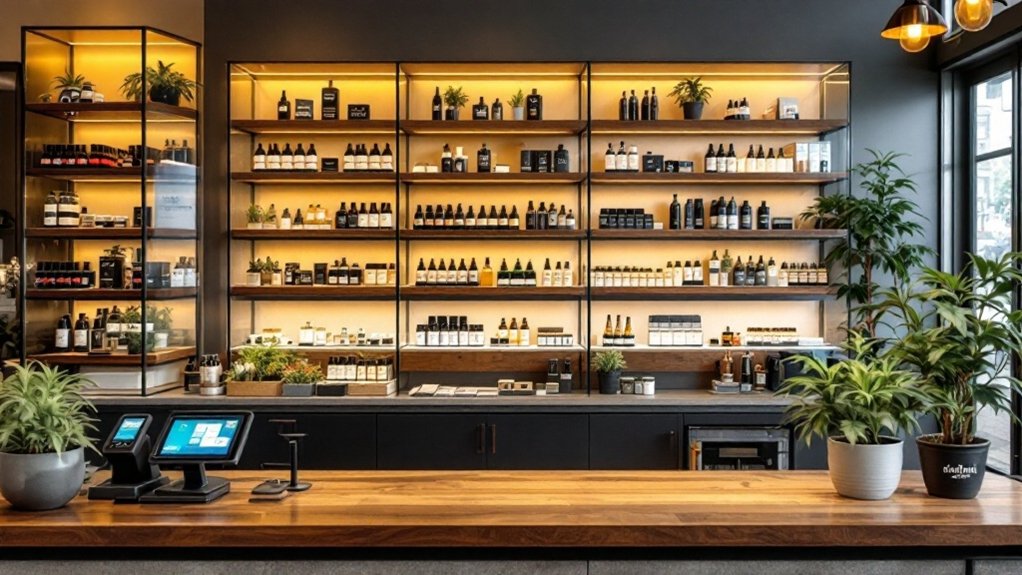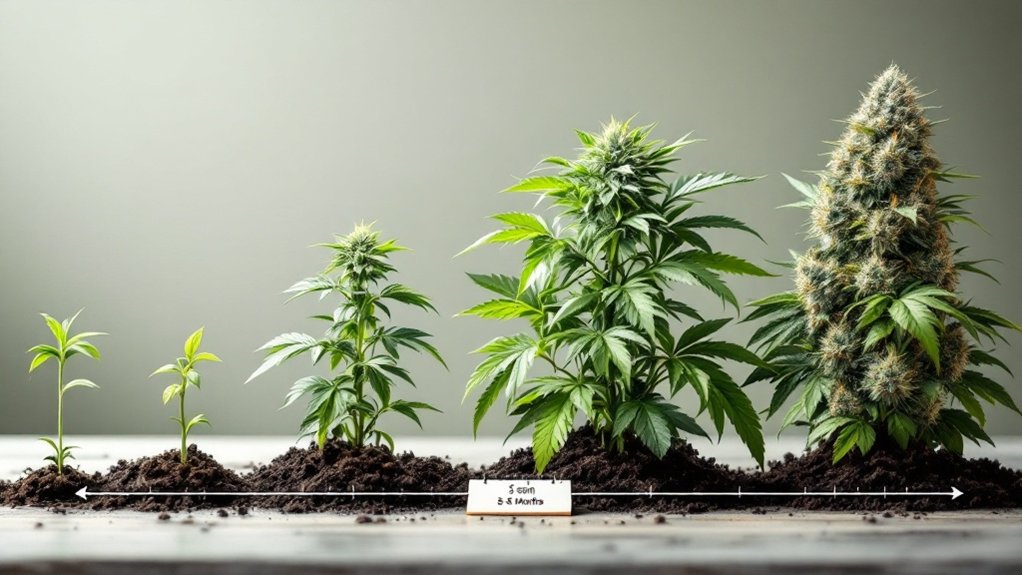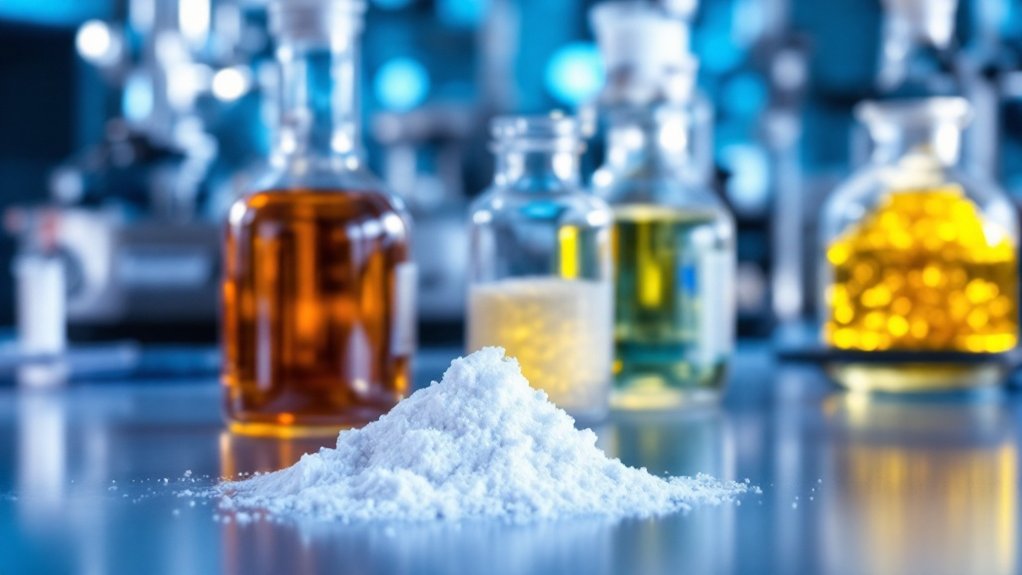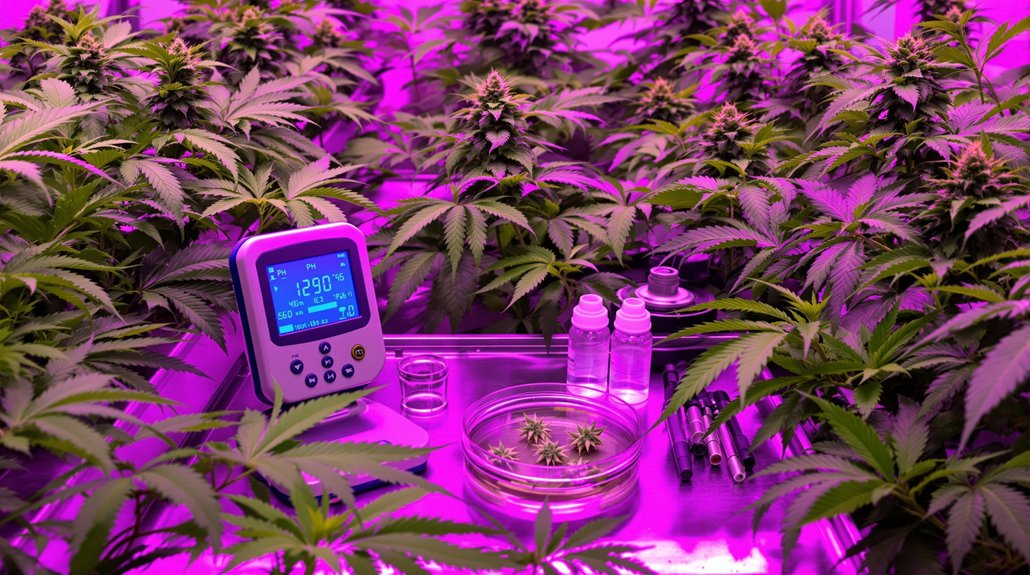Dabbing is a consumption method for cannabis concentrates with THC levels ranging from 50-80%, considerably higher than traditional flower. The process involves vaporizing extracts like wax, shatter, or butane hash oil using specialized equipment called a dab rig. Users heat a nail with a torch before applying the concentrate, producing potent vapor for inhalation. This technique delivers intense effects with rapid onset, requiring careful consideration due to its high potency. Further exploration reveals important safety considerations and extraction methods.
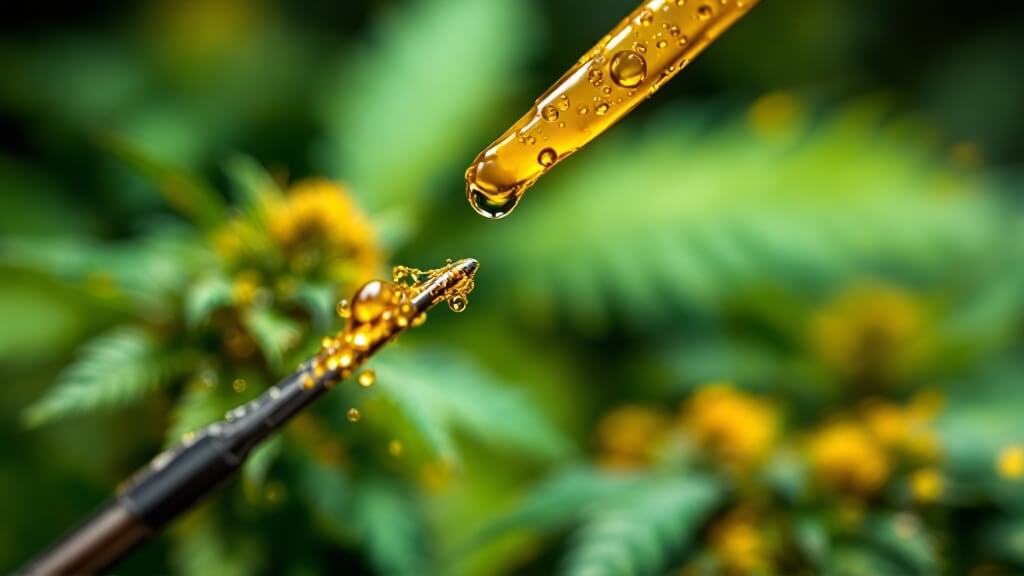
The concentrated essence of cannabis consumption has evolved dramatically in recent years, with dabbing emerging as one of the most potent methods available to users. Dabbing involves vaporizing high-potency cannabis extracts, commonly called “dabs,” and inhaling the resulting vapor. These concentrates typically contain tetrahydrocannabinol (THC) levels ranging from 50% to over 80%, notably higher than traditional cannabis flower. The practice has gained substantial popularity among recreational users seeking a more efficient and intense cannabis experience.
The modern evolution of cannabis use has culminated in dabbing—an ultra-potent method delivering THC concentrations that far exceed traditional smoking options.
Cannabis concentrates come in various forms with distinctive consistencies and appearances. Common varieties include wax, shatter, budder, oil, and butane hash oil (BHO), each named for their physical characteristics. These products typically display amber, brown, or golden coloration and textures ranging from brittle to gooey. Many concentrates are made from the concentrated trichomes of cannabis plants which are rich in cannabinoids and terpenes.
Extraction methods fall into two primary categories: solvent-based and solventless. Solvent-based extractions utilize chemicals like butane, propane, or CO₂ to separate cannabinoids from plant material, while solventless methods employ heat and pressure without chemical additives.
The consumption of dabs requires specialized equipment. Traditional dabbing involves heating a “nail” or surface using a torch and applying the concentrate to create inhalable vapor. Users typically collect this vapor through a water pipe known as a dab rig. Modern innovations include electronic rigs (e-rigs) that automate the heating process for consistent results and portable dab pens that offer discreet consumption options. Many users appreciate dabbing for its cost-effective consumption as smaller amounts of concentrate can produce stronger effects than traditional cannabis flower. One dab can deliver the equivalent effects of an entire joint, making it a time-efficient option for experienced users.
Standard smoking accessories like pipes and bongs prove inadequate for dabbing due to the high temperatures required for proper vaporization.
The effects of dabbing differ notably from traditional cannabis consumption methods. Due to high THC concentrations, users experience more intense psychoactive effects with rapid onset, typically within seconds to minutes after inhalation. These effects include pronounced euphoria, relaxation, and altered perception. The potency of concentrates increases the risk of overconsumption, particularly among inexperienced users unfamiliar with proper dosing.
The production of cannabis concentrates requires careful attention to safety protocols. Home extraction using flammable solvents like butane presents serious hazards, including explosion risks. Professional production facilities adhere to stricter safety and purity standards to minimize contamination and promote consumer safety.
As the popularity of dabbing continues to grow, the terminology, technology, and techniques surrounding concentrate consumption continue to evolve within cannabis culture.
Frequently Asked Questions
How Long Does a Dab High Typically Last?
A dab high typically lasts 1-3 hours for most users, though this duration varies considerably based on individual factors.
The concentrated THC in dabs creates a rapid onset with intense effects that peak quickly after consumption.
Frequent users often experience shorter highs due to tolerance development, while those with less experience may feel effects for longer periods.
Potent dabs with high THC concentrations can extend the experience up to a full day in some cases.
Can Dabbing Damage Your Lungs?
Research indicates that dabbing can cause both acute and chronic lung damage.
The high temperatures involved in dabbing can generate harmful chemical byproducts that irritate lung tissue, potentially leading to chemical pneumonitis, hypersensitivity pneumonitis, and organizing pneumonia.
Clinical cases have documented respiratory distress, bilateral pulmonary infiltrates, and ground-glass opacities in affected individuals.
Long-term dabbing may damage bronchial cilia, increasing susceptibility to respiratory infections and contributing to chronic symptoms like cough, wheezing, and shortness of breath.
Are There Medical Benefits to Using Cannabis Concentrates?
Cannabis concentrates offer several potential medical benefits.
Research indicates they may provide relief for chronic pain conditions, often more potently than traditional cannabis forms. These extracts have demonstrated effectiveness for certain epilepsy syndromes, with CBD-based Epidiolex receiving FDA approval for specific seizure disorders.
Additionally, concentrates may help reduce nausea, deliver anti-inflammatory effects, and address symptoms of anxiety and depression. The concentrated cannabinoids, particularly THC and CBD, contain distilled versions of the plant’s therapeutic constituents.
What Temperature Is Ideal for Dabbing?
The ideal temperature range for dabbing is between 450°F and 550°F, with many enthusiasts considering 525°F to be the prime medium temperature.
Low-temperature dabbing (315-450°F) preserves terpenes and offers smoother hits with enhanced flavor profiles, while high-temperature dabbing (550-650°F) creates larger vapor clouds with immediate effects.
Temperature selection affects both the preservation of compounds and the intensity of effects, with medium temperatures balancing flavor preservation and potency.
How Do Cannabis Concentrates Compare to Edibles for Potency?
Cannabis concentrates and edibles differ markedly in their potency profiles. Concentrates contain 40-99% THC compared to edibles, which measure potency in milligrams per serving.
The key distinction lies in how they’re metabolized; concentrates produce immediate effects when inhaled, while edibles convert THC to 11-hydroxy-THC in the liver, creating stronger and longer-lasting effects.
Concentrates offer more precise dosing control due to their immediate feedback, whereas edibles’ delayed onset can lead to accidental overconsumption.


